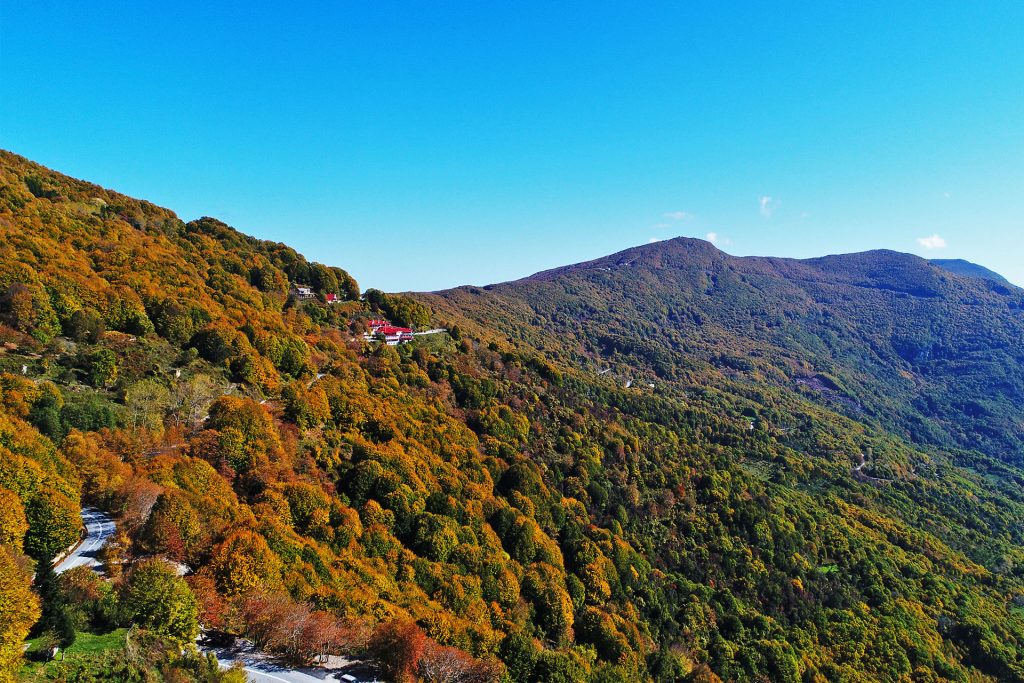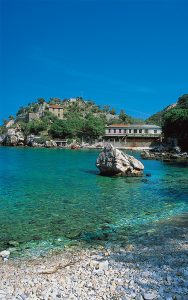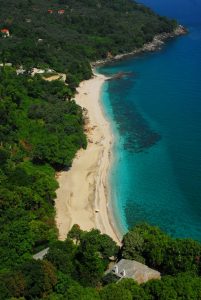Add Your Heading Text Here
MT. PELION, MAGNESIA – GREECE
Pelion is one of the typical “ancient” mountains of Greece. Its location in central Greece, its beauty, as well as the wealth of its natural resources, and the combination with the sea (Aegean Sea and Pagassitikos Gulf) have made it famous since the very early Antiquity.
Pelion occupies the largest part of the Magnesia peninsula of which it is the natural backbone, and its volume practically keeps the Aegean Sea out of the Thessaly basin. Its natural limits are the cape of Aghios Georgios in the Aegean Sea, the cape Aianteio at the entrance of Pagassitikos Gulf, and cape Trachili, inside the Gulf, where the peninsula practically ends.
Add Your Heading Text Here
MORPHOLOGY
Based on its morphology, Pelion is mainly separated into eastern and western. Its eastern slopes are steeper and reach the Aegean Sea while forming a generally ill-defined and harbourless coastline with few but lovely sandy beaches. The western side of Pelion is milder and it results in a natural uneven landscape at the eastern basin of the Thessaly plain or in the Pagassitikos Gulf, giving way to particularly idyllic sandy beaches.
SEASONS
The soil of Pelion is quite fertile and there are also numerous mountain streams running through the mountain’s slopes. In such a fertile land it would be unnatural for…nature to lack in beauties. And it did not. Pelion is a place where all natural contrasts are in harmony all-year long; the mountain and the sea, rough and smooth landscapes, thick forests and naked rocks, storms and sunshine. After all, where else in the world is winter only half an hour away from summer? The Mediterranean climate of Pelion with mild moderations in temperature where typically, summer is cool and winter not particularly cold, helps to eliminate the difference between the seasons of the year, at least from a temperature standpoint, without implying that the seasons are all alike on Pelion. Quite the contrary. When time comes, the four seasons create colour combinations and compete in beauty.
MYTHOLOGY
Pelion is the most legendary mountain of Greece; as the most beautiful ancient Greek legends go, this is the place that gods, half-gods and heroes honoured with their presence. But let us take a look at what ancient Greeks imagined about this place. Mythical creatures, half-human, half-horse, the Centaurs, lived on wooded and wuthering uninhabited parts of Pelion. The most renowned among the Centaurs was Chiron, who stood out from the rest as being well-advised, prudent and wise; he was also able to cure all diseases using the Pelion herbs and he taught the arts of hunting, music and war to the best-known semi gods and heroes of ancient Greece.
On mountain Pelion took place two great battles, Centauromachy and Gigantomachy. The first one was between the Pelion Centaurs and Lapiths over beautiful Hippodameia. Gigantomachy began when Giants declared war against the gods to avenge the death of the Titans. In their effort to inflict major damage to their enemies, they lifted Pelion and placed it on top of Ossa, so as to find themselves at the same level as the Olympian gods, but at the end they were defeated by Zeus.
OTHER MYTHS
Among the most beautiful ancient myths we find that referring to the marriage of Peleus, king of Iolcos, and Thetis, the “best” of Nereids. At the wedding banquet on top of Pelion, where the temple of Zeus Akraios is situated, all gods were invited with exception of Eris, the goddess of discord. She was so enraged that she threw among the guests her famous “apple” which later caused the Trojan War, in which Achilles, son of Peleus and Thetis, fought.
However, the most beautiful of all ancient myths around Pelion is that of the Argonauts’ expedition which, according to Pindar, signaled the beginning of navigation. It is a myth showing the age-long relation with the sea, maritime trade, as well as the love for migration of the inhabitants of Pelion and Magnesia in general.



